Why Don’t We Put A Space Telescope On The Moon?
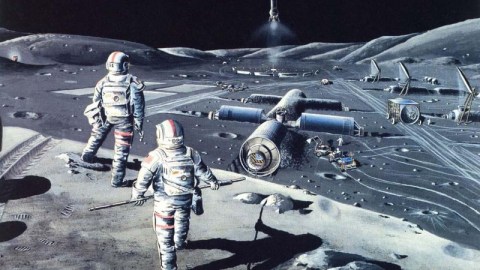
It’s a great ambition of science enthusiasts all over the globe. It’s also a terrible idea.
If you want to take the most pristine, unpolluted images of the Universe, your best bet is to leave the Earth behind. Here on our planet, there are all sorts of effects which interfere with our imaging capabilities. Light pollution limits how deep we can see; the atmosphere harms our resolving power and our ability to observe clearly; clouds and weather interfere with our light-collecting goals; the Sun and the Earth itself block our view of large portions of the sky from all terrestrial locations.
Yet observatories like Hubble, Chandra, Fermi, Spitzer and more have showcased how remarkably effective a space telescope can be. The views and data they’ve returned to Earth have taught us more than any similar observatory could have revealed from the ground. So why not put a telescope on the Moon, then? Believe it or not, it’s a terrible idea in all ways except one. Here’s why.
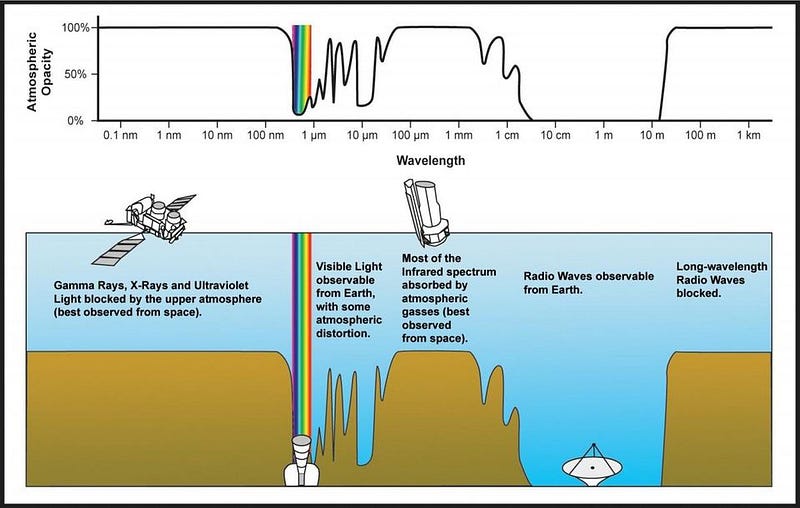
The Moon, at first glance, seems like the ideal location for a telescope. There’s practically no atmosphere at all, which removes all the light pollution concerns. It’s far away from the Earth, which should greatly reduce the interference from any signals that humans produce. The ultra-long nights mean that you can observe the same target, continuously, for as long as 14 days at a time with no interruptions. And because you have solid ground to brace yourself against, you don’t need to rely on gyroscopes or reaction wheels for pointing. It sounds like a really good deal.
But if you start thinking about the way the Moon orbits the Earth, with the entire Moon-Earth system orbiting the Sun, you might start to realize some of the problems that a setup like this would inevitably encounter.
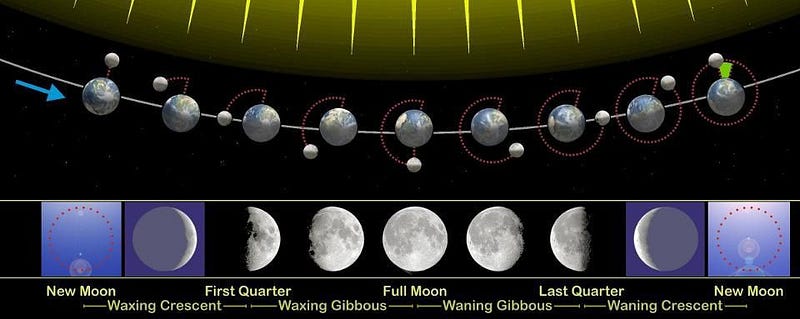
First, if you put your telescope on the Moon, which side do you pick: the near side or the far side? Either one has drawbacks.
If you place your telescope on the near (Earth-facing) side of the Moon, you will always have a view of the Earth. This means you can send-and-receive signals, control your telescope, and download-upload data in nearly real-time, with only the light-travel-time of signals across space limiting you. But it also means that Earth-produced interference, like radio broadcast signals, will always be a problem you need to shield yourself from.
On the other hand, if you’re on the far side of the Moon, you shield yourself from everything coming from Earth quite effectively, but you also have no direct path for data transfer or signal transmittance. There would have to be an additional mechanism set up, like a lunar orbiter or a link to a transmitter/receiver on the near side, just to operate it.
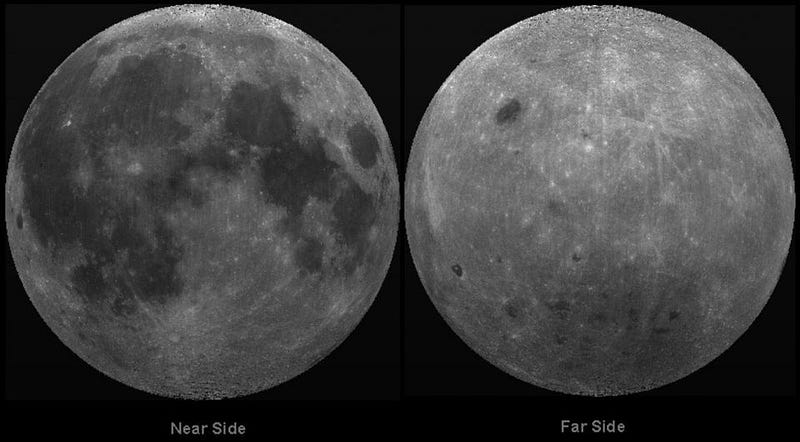
Either way, you’re going to have a slew of problems to contend with that you wouldn’t encounter simply from going into the lonely abyss of interplanetary space. The two biggest are:
- Moonquakes. You think the Moon’s a big deal because it’s responsible for Earth’s tides? The tidal forces that the Earth exerts on the Moon are more than 20 times greater than the Moon’s tidal forces on Earth, enough to cause the Moon to experience considerable moonquakes.
- Temperature extremes. Because of the Moon’s tidal locking to Earth and its extremely slow rotation, it’s bathed in sunlight constantly for 14 days at a time, followed by 14 days of total darkness. Daytime temperatures can reach over 200 °F (nearly 100 °C), while night brings cold down to -280 °F (-173 °C).
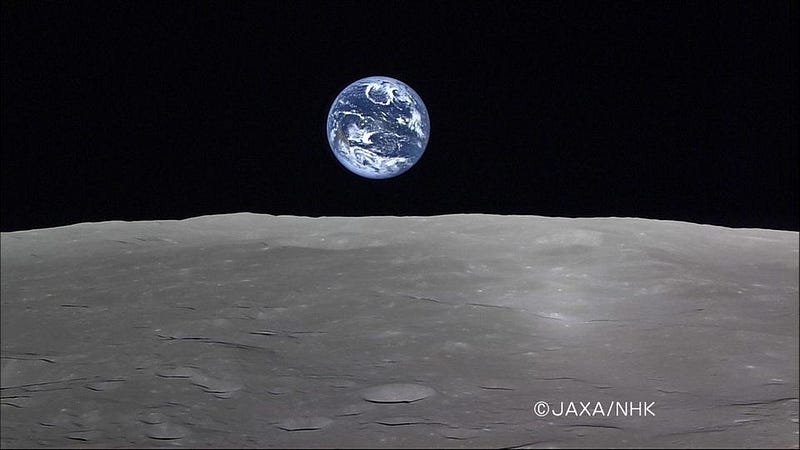
While a space-based telescope can control its temperature through either active or passive cooling (or a combination of both), a telescope must cool down below the temperature of the wavelengths it’s trying to observe, or noise will swamp your intended signal. This would be a tremendous drawback for ultraviolet, optical, or infrared astronomy, all of which would have severe problems on the Moon for anything other than the goal of Earth (or Sun) observing.
Engineering a telescope that can survive those temperature extremes and still function optimally is an extraordinary challenge. It’s no wonder that the only lunar-based telescope we have, at present, is a UV-telescope on the Moon’s near side, at wavelengths where the Earth’s atmosphere absorbs almost all of the light.
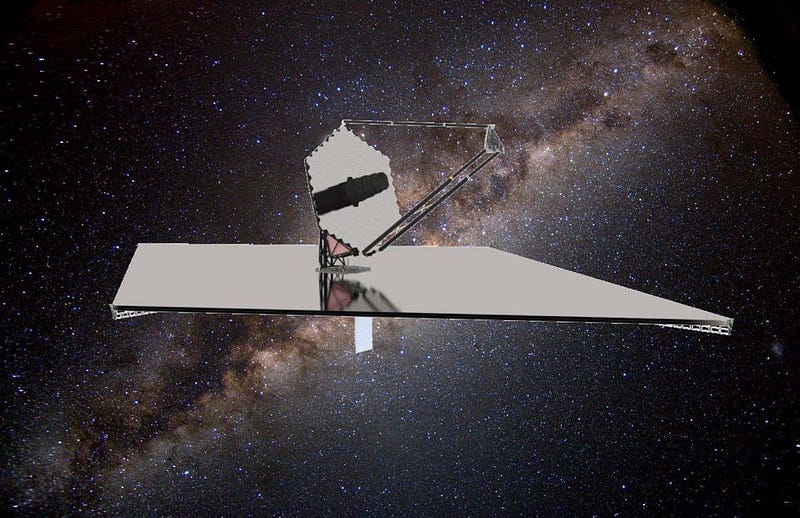
For most applications, going to space is going to be a superior option to going to the Moon. The lunar surface, in terms of temperature extremes and difficulties communicating with Earth, offers more drawbacks than having a surface to push against/build on offers.
But there is one very specific application that the Moon offers an unprecedented advantage over any other environment: radio telescopes. The Earth is an incredibly “radio-loud” source, due to both natural and human-made causes. Even in space, the signals that emanate from Earth pervade throughout the Solar System. But the Moon provides a stunning environment for immunity to Earth’s radio signals: the far side literally uses the Moon itself as a shield.
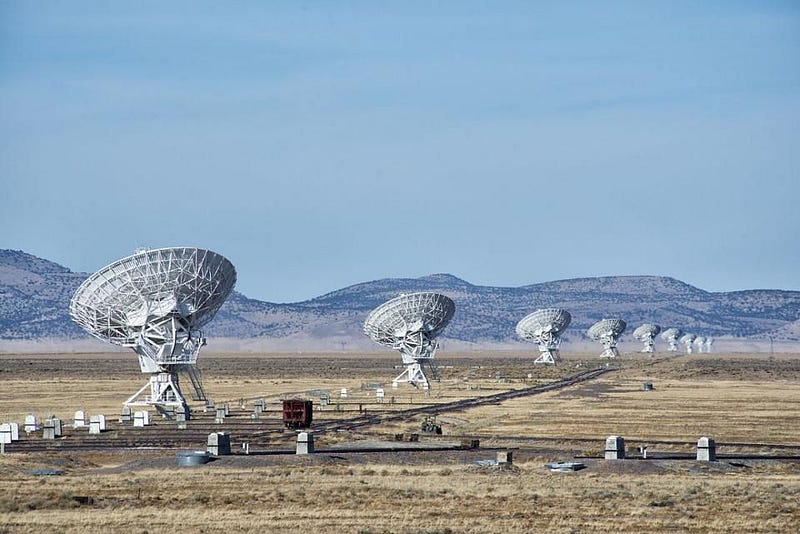
As cosmologist Joe Silk wrote earlier this year:
The far side of the Moon is the best place in the inner Solar System to monitor low-frequency radio waves — the only way of detecting certain faint ‘fingerprints’ that the Big Bang left on the cosmos. Earth-bound radio telescopes encounter too much interference from electromagnetic pollution caused by human activity, such as maritime communication and short-wave broadcasting, to get a clear signal, and Earth’s ionosphere blocks the longest wavelengths from reaching these scopes in the first place.
We could detect signals of inflation, the early stages of the Big Bang, and the formation of the Universe’s very first stars with a lunar radio telescope. While there are hopes for doing this either on Earth or in space, the lunar far side offers more sensitivity, due to being shielded from Earth, than any other option.
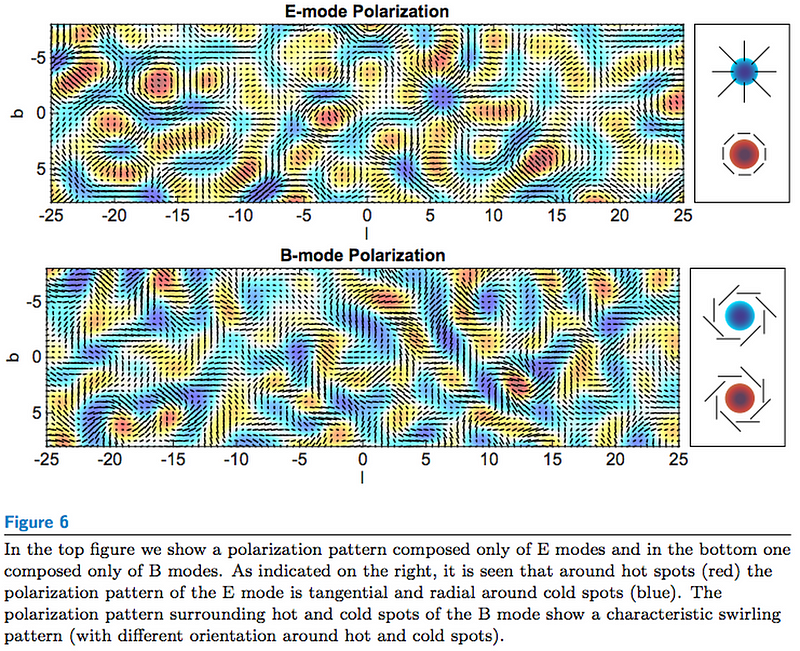
Currently, whenever any spacecraft travels behind the Moon as seen from Earth’s perspective, it causes what we call a radio blackout. The fact that radio waves cannot pass through the Moon means that no signals can be sent or received during that time period. Orbiting satellites, any far-side stations or rovers, and even Apollo astronauts all have no means of communicating with Earth with the Moon in the way.
But this also means that they were shielded from all sorts of contaminating radio signals that occur on Earth. GPS communications, microwave ovens, radar, cell phone and WiFi signals, and even digital cameras are among the many terrestrial sources that contaminate radio observatories. But on the far side of the Moon, all of humanity’s sources of interference are 100% blocked. It’s the most pristine environment for radio astronomy we could ask for.
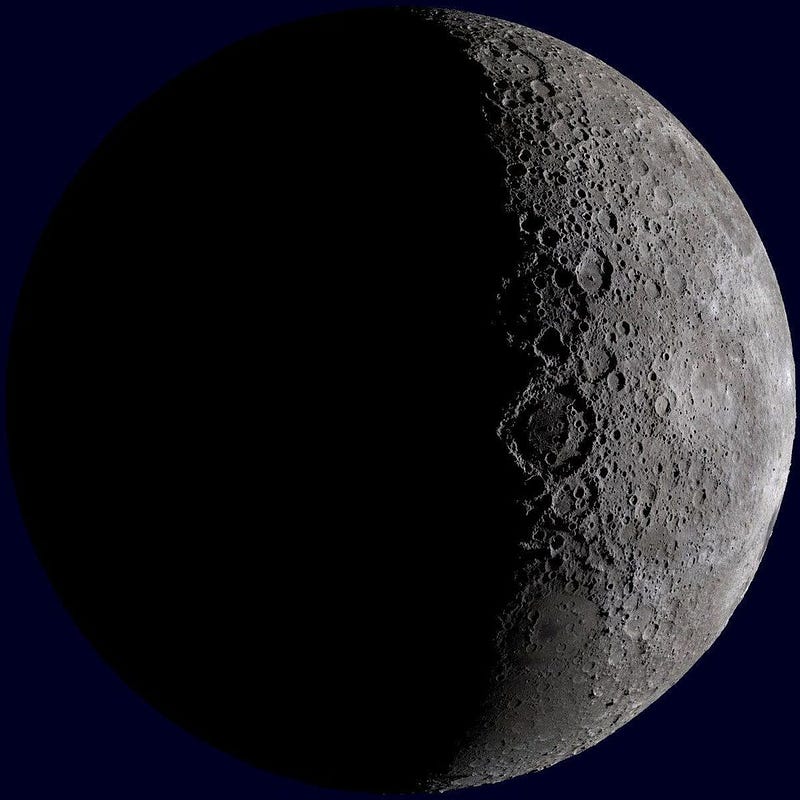
As Dr. Jillian Scudder once noted, though, there are drawbacks, too. Data transmission requires something like an orbiter that can link with both the Earth and the telescope. A telescope or array of radio telescopes must be constructed and deployed on the Moon, and linked together if we go the array route. (Which is greatly preferred.) Alternatively, cables could be run to the near side for transmission back to Earth.
But perhaps the greatest prohibitive element is cost. Transporting material to the Moon, landing on the lunar surface, deploying it and more is a tremendous undertaking. Even the most modest proposal, a Lunar Array for Radio Cosmology (LARC), consists of more than a hundred simple-design antennas spread out over a two-kilometer range. It would come with a pricetag, just for that, in excess of $1 billion, comparable to the most expensive radio arrays ever built on Earth.
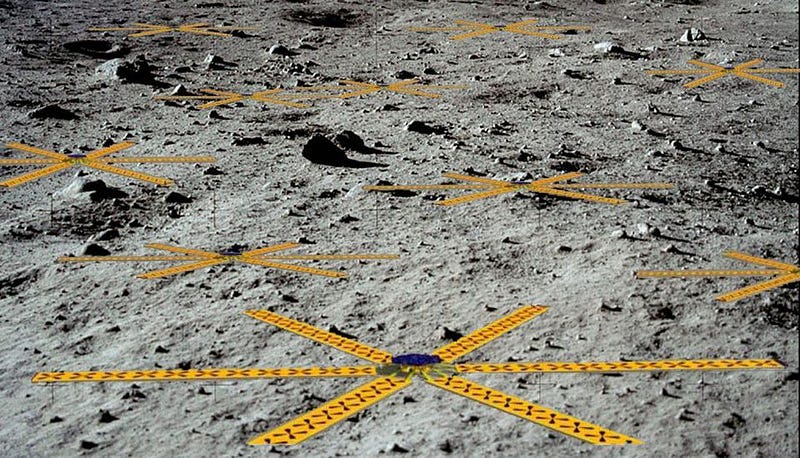
For almost every conceivable application to astronomy, going to the Moon is a vastly inferior location than simply being above the Earth’s atmosphere. The temperature extremes experienced everywhere on the Moon are an extraordinary challenge over and above any benefit you get from being on the Moon’s surface. Only in radio frequencies do the benefits of being on the lunar far side offer an opportunity for observing that we cannot get from either terrestrial or space-based observing.
Until the cost is either brought down or something we demonstrate we’re willing to pay, though, it is unlikely we’ll ever see a lunar telescope that’s superior to the other options. The Universe is out there, waiting for us to discover its secrets. When we decide a lunar radio array is worth it, we’ll advance tremendously in uncovering our cosmic origins.
Ethan Siegel is the author of Beyond the Galaxy and Treknology. You can pre-order his third book, currently in development: the Encyclopaedia Cosmologica.





